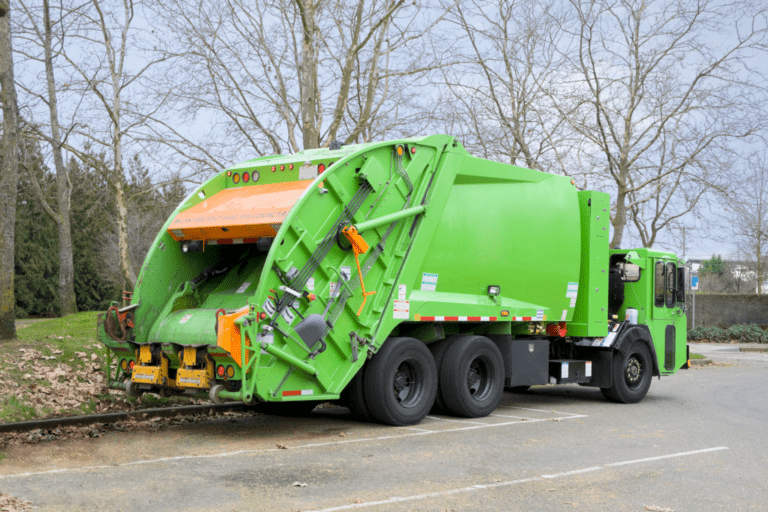Whether you realize it or not, maintenance work orders are the backbone of a successfully run business, creating tasks that are then processed, fulfilled, and analyzed for efficiency. Work orders create a sense of urgency and allow for a need to be recognized, while helping an operation run both smoothly and effectively. So what, exactly, are maintenance work orders, and how are they managed and processed? Let’s take a look at how these work orders can help your business run successfully:
What Is a Maintenance Work Order?
Depending on the size and scope of your operation, you may think it’s easier to just email a coworker asking for a maintenance task to be done, or maybe mention it in passing when you see them in the office. The issue with asking for a favor, rather than filing a maintenance work order, is that the information regarding that occurrence can’t be seen from multiple departments. With a work order, it can be managed by priority, assigned to a specific person who has the capacity to handle the workload, then completed and analyzed for future instances.
A maintenance work order keeps tasks organized, assigned, prioritized, tracked, and analyzed so that your organization’s maintenance operation can run smoothly and efficiently. These work orders contain all of the information needed to identify a problem and allow for responsible and quick handling of any issue that arises.
What Does a Maintenance Work Order Consist Of?
These authorizations to perform maintenance consist of vital information to the solving of the issue. Work orders consist of:
-
Who is requesting that work be done
-
What the nature of the task is
-
Who has authorized for the work to be completed
-
Who will be performing the work to solve the problem
-
When and where the work will be completed
-
Anything necessary to complete the task, including parts or more information
Having all of this information in one maintenance work order allows the maintenance team to easily identify exactly what needs to be done, who will be doing it, and when it needs to be completed by.
The Maintenance Work Order Flow
Step #1: Maintenance Identification
The first step of any maintenance work order is to actually identify the task that needs to be completed. This maintenance is generally processed in two different categories: planned maintenance and unplanned maintenance. Planned (or preventative) maintenance consists of tasks that happen daily, weekly, or monthly, on an unchanging schedule. These processes are meant to ensure that things don’t go wrong, and allow your team to check in on systems to prevent future outages or breaking. Unplanned maintenance tasks are unexpected and generally arise when something goes wrong or breaks suddenly.
Step #2: Creation of a Maintenance Work Order
This step is where maintenance work orders begin to come into play. Just because you have an issue doesn’t mean it’s going to be handled efficiently and effectively without proper work orders and processes in action. Creating the work order (whether it’s planned and automated or unexpected and created manually) is the beginning of the process and identifies the issue, who’s asking for the work to be done, and submits the information to the maintenance team.
Step #3: Prioritization and Scheduling

Maintenance work orders really start to shine in this step of the process, because ultimately it’s all about task prioritization and scheduling. Some tasks are much more important and time-sensitive than others, so those are prioritized higher than minor tasks and scheduled accordingly. Again, this is one of the most vital aspects of a maintenance work order system, as tasks can be properly and efficiently handled after being compared to other tasks that need attention.
Step #4: Assigning the Work Order
The work order is then, very simply, assigned to a technician who has the bandwidth and knowledge to take care of the problem. Some tasks may take more time than others, but once the task has been assigned, the technician now knows what’s on their plate and can take care of it accordingly.
Step #5: Completion and Closing
Once the task has been handled, the maintenance work order has been completed and can now be closed. These work orders are put into a log in order to keep track of every event that came across each technician’s desk, as well as measure how quickly they handled and resolved the issue. These can also be looked back on to track any sort of recurrences that pop up more often than others.
Step #6: Analyzation
With the history of work orders now logged, your team can begin to understand the makeup of your work order history and ensure that the right tasks are given the correct priority and scheduling. This is one of the largest benefits of a maintenance work order system because it allows for constant improvement in the maintenance world and helps your organization run smoothly and efficiently.
Understanding the Importance of a Maintenance Work Order Process
Organization and proper recording are vital to the success of a maintenance team. With a work order process in place, managing the tasks that arise with any business can be done easily and efficiently. Knowing the who, what, why, where, and when of a maintenance request can bring everyone together on the same page, enlighten the process for those who may not be aware, and create realistic expectations for both the maintenance team and those who rely on them to properly run a successful business.
Maintenance Work Orders Through Whip Around
Planning your preventative or planned maintenance through Whip Around is a great way to stay on top of the tasks of your business and help prevent outages or breakdowns along the way. Maintenance work orders are automated in Whip Around and help you keep those in charge aware of what’s being taken care of, by who, and when. To find out more about the capabilities of Whip Around’s fleet maintenance software, as well as schedule a demo, contact us today. We’ll show you the full power of what Whip Around can do for your maintenance schedule and keep your operations running tight and controlled.









